The general objective of the Project is to improve the quality of special-use forests, protection forests and production forests which are natural forests in order to promote the functions of each type of forest, preserve forest ecosystems, biodiversity, increase forest carbon reserves and prevent and combat natural disasters, respond to climate change; contribute to socio-economic development and ensure national defense and security.

The project specifically targets a total area of forest with improved quality of 240,000 hectares, of which 36,000 hectares are special-use forests; 138,000 hectares are protection forests; and 66,000 hectares are natural production forests.
The quality of natural forests is poor forests, exhausted forests and forests without reserves that have been improved in terms of forest reserves, diversity of tree species composition and forest structure to meet the requirements of forest ecosystem conservation, biodiversity and natural disaster prevention.
The project is deployed and implemented in the scope of provinces and centrally-run cities, in the midland and mountainous areas that often have natural disasters such as flash floods, landslides, and have forest areas that need to improve quality to contribute to the conservation of forest ecosystems, biodiversity and natural disaster prevention and control in 03 socio-economic regions, including: Northern midland and mountainous areas, North Central and Central coastal areas, and Central Highlands. Other localities with suitable conditions are encouraged to implement the contents of this project.
Regarding improving the quality of coastal forests (including special-use forests, protection forests and production forests), it is implemented according to the Project on Protection and Development of Coastal Forests to Respond to Climate Change and Promote Green Growth for the 2021-2030 period, approved by the Prime Minister in Decision No. 1662/QD-TTg dated October 4, 2021.
Determine specific area, location, and boundary of forest objects that need to improve forest quality.
One of the tasks of the Project is to review the current status, determine the specific area, location, and boundaries of forest objects that need to improve forest quality.
Accordingly, specifically review the current status, specifically determine the area, location, and boundaries of each type of forest that needs to improve quality to ensure feasibility, suitability with the characteristics, current status of reserves, tree species composition, structure of each type of special-use forest, protection forest and production forest which are natural forests according to forest managers in the following direction:
Special-use forests: natural forests with poor reserves, depleted reserves, forests without reserves in areas representing typical natural forest ecosystems with small areas and reduced biodiversity.
Protection forests: natural forests with poor reserves, depleted reserves, forests without reserves, low-quality planted forests in upstream protection forests; basins of large rivers, lakes, hydroelectric and irrigation dams; places with steep slopes and high risk of landslides.
Production forests are natural forests: natural forests with poor reserves, depleted reserves, forests with no reserves; priority is given to areas with steep terrain, high risk of landslides, river basins, lakes, hydroelectric dams, irrigation.
Develop projects, plans and strategies to improve forest quality
Another task of the Project is to develop projects, plans and schemes to improve forest quality. Specifically, based on the review and determination of the current status, subjects, areas and types of forests according to forest managers, develop projects, plans and schemes to improve forest quality; in which, specific silvicultural measures such as natural regeneration promotion zoning; natural regeneration promotion zoning with additional planting; forest enrichment and forest nurturing for each forest type are determined.
Selecting tree species to improve forest quality in accordance with the functions of each type of forest (special-use forest, protection forest and production forest) for each ecological region to preserve forest ecosystems, conserve biodiversity and increase forest protection capacity. Prioritize the selection of native tree species; multi-purpose tree species; species with resistance to different site conditions; rare and precious species with high economic and conservation value.
Regarding the task of building pilot models to improve forest quality for each region, building pilot models to improve forest quality with many native tree species with multi-layered, multi-species structures, improving the conservation capacity of forest ecosystems and forest protection functions on difficult terrain conditions, sloping land, arid areas, for each type of forest (special-use forests, protection forests and production forests are natural forests) and for each ecological region to deploy and implement; on the basis of monitoring and evaluating the results, the model will be summarized, documented and replicated to other regions and areas nationwide.
Source


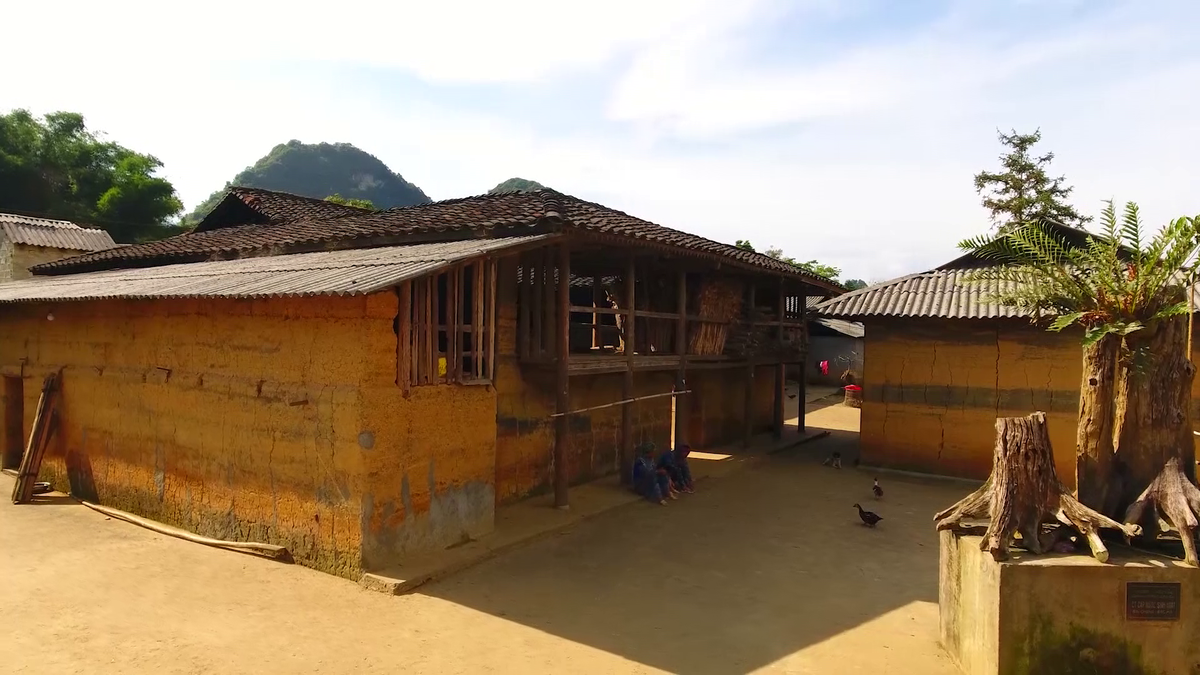
![[Photo] Prime Minister Pham Minh Chinh chairs a special Government meeting on the arrangement of administrative units at all levels.](https://vphoto.vietnam.vn/thumb/1200x675/vietnam/resource/IMAGE/2025/5/9/6a22e6a997424870abfb39817bb9bb6c)
![[Photo] General Secretary To Lam and international leaders attend the parade celebrating the 80th anniversary of the victory over fascism in Russia](https://vphoto.vietnam.vn/thumb/1200x675/vietnam/resource/IMAGE/2025/5/9/4ec77ed7629a45c79d6e8aa952f20dd3)
![[Photo] Magical moment of double five-colored clouds on Ba Den mountain on the day of the Buddha's relic procession](https://vphoto.vietnam.vn/thumb/1200x675/vietnam/resource/IMAGE/2025/5/9/7a710556965c413397f9e38ac9708d2f)

![[Photo] Russian military power on display at parade celebrating 80 years of victory over fascism](https://vphoto.vietnam.vn/thumb/1200x675/vietnam/resource/IMAGE/2025/5/9/ce054c3a71b74b1da3be310973aebcfd)

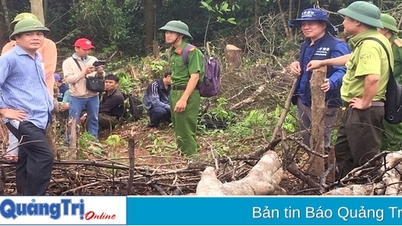

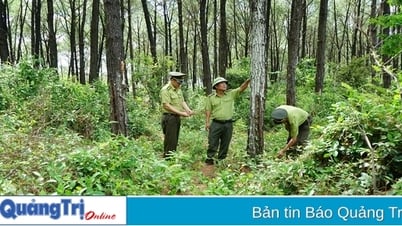
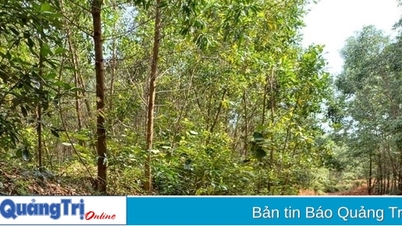


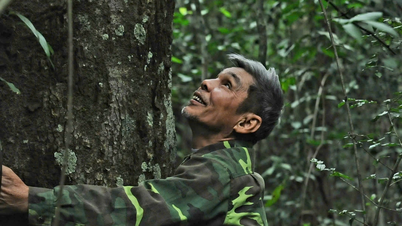

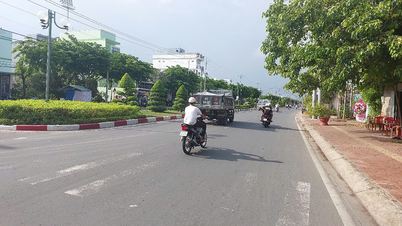
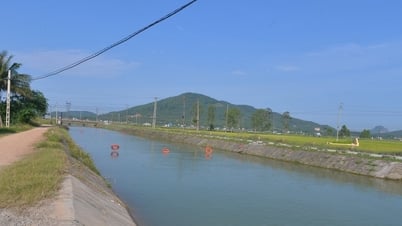


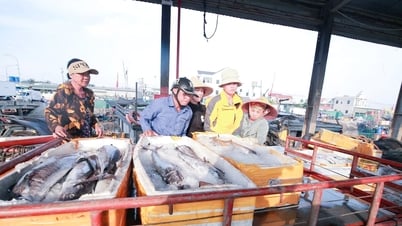
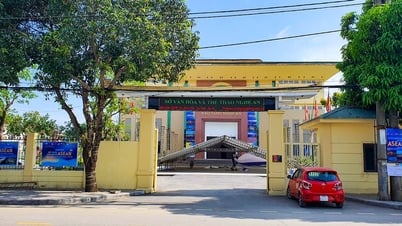





















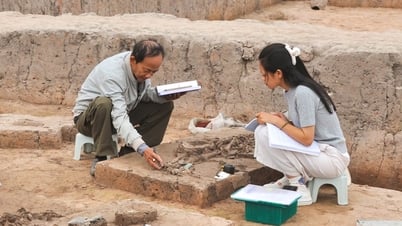


















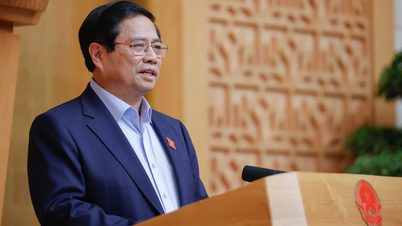





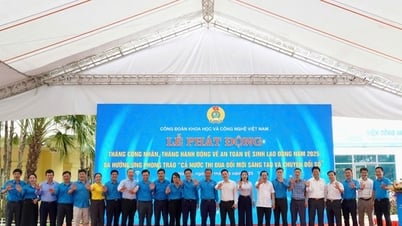


























Comment (0)